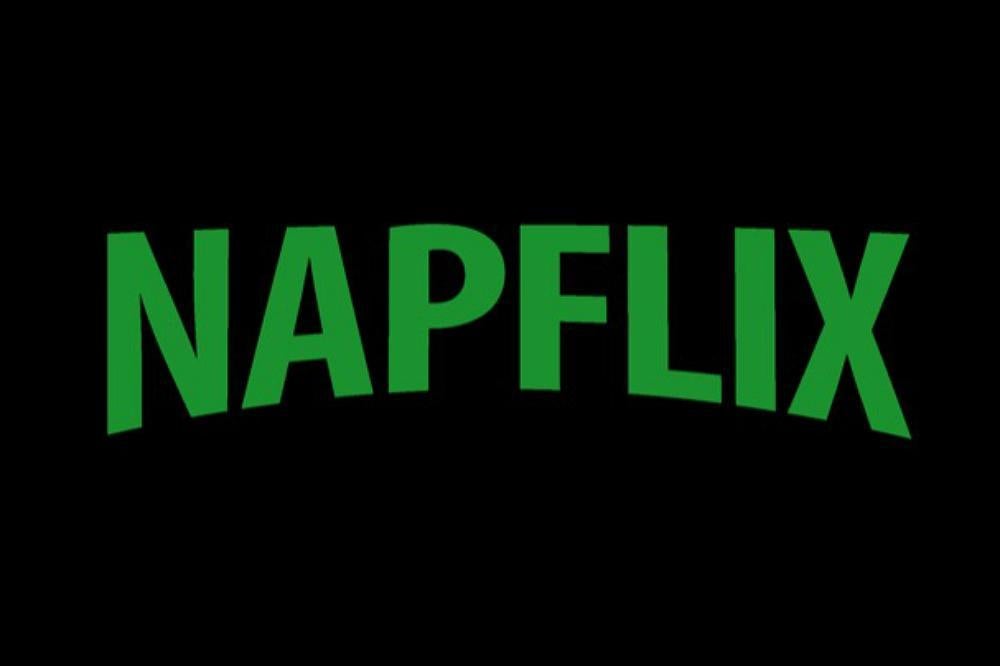Napflix: The Netflix alternative that will send you to sleep

There’s something soporific about a television chattering away in the background, mug of tea getting cold on the nightstand and remote control sliding out of your hand as you drift off.
Programming from Friends to world championship snooker has been cited as a home remedy sleeping aid, and now there’s a streaming service dedicated to it.
Billed as a ‘siesta video platform’, Napflix apes the Netflix logo and houses an archive of footage compiled from YouTube and celebrating “monotony and repetition”.
Highlights include the 2014 World Dog Show in Helsinki,1965 documentary The Front Line Supermarket, which details “everything you need to know to be an effective supermarket checker in the 1960s”, the worst film as voted by IMDb Users, which centres on Turkish political history. and a two-hour pétanque tournament.
Just like Netflix, it's even started making originals, its first titled Subway and consisting of a rail journey between Canal St. and Coney Island in New York.
“The idea is to make entertainment boring,” Victor Gutierrez de Tena, one of Napflix’s co-founders told AFP.
“It could be the kind of things that remind us of our childhood, like post-lunch classes and TV serials we watched after meals which just went on and on, ones where you wouldn’t lose the plot if you fell asleep,” he said.
Napflix in fact falls into the existing genre of ‘slow television’, which celebrates the tranquil and bucolic. In 2015, a two-hour canal trip nearly doubled BBC Four’s viewing figures.
Join our commenting forum
Join thought-provoking conversations, follow other Independent readers and see their replies
Comments